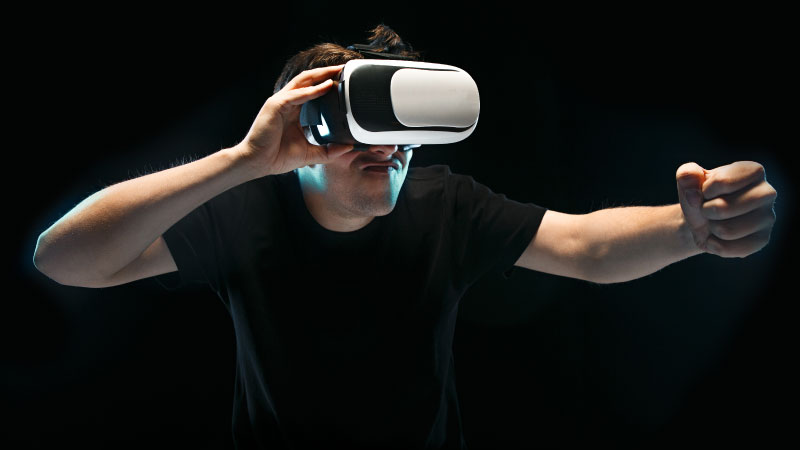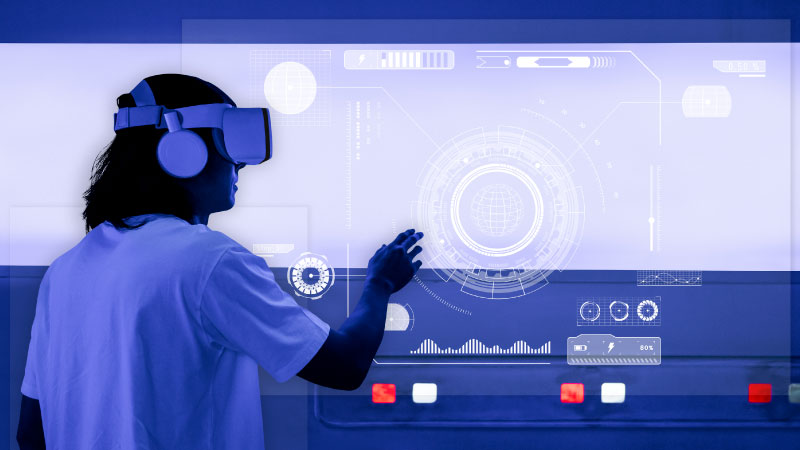One of the most important areas in the trade show industry today is the integration of advanced technology to enhance the overall attendee experience. This encompasses a variety of innovations, from augmented reality (AR) and virtual reality (VR) to AI-driven analytics and interactive displays. The significance of this area is driven by the need to create more engaging, personalized, and efficient trade show experiences that cater to the evolving expectations of both exhibitors and attendees.

Advanced Technology in Trade Shows: Enhancing the Experience
Augmented Reality (AR) and Virtual Reality (VR)
AR and VR technologies are revolutionizing trade shows by providing immersive and interactive experiences that captivate attendees. AR can be used to overlay digital information onto physical exhibits, creating a dynamic and informative display that enhances product presentations. VR offers the opportunity for attendees to explore virtual environments, participate in simulations, and experience products or services in a way that would be impossible in a traditional trade show setting. These technologies not only draw in visitors but also leave a lasting impression, making them a valuable tool for exhibitors looking to stand out.
AI-Driven Analytics
Artificial intelligence (AI) is transforming the way trade shows are planned, executed, and analyzed. AI-driven analytics can provide deep insights into attendee behavior, preferences, and engagement patterns. This data allows exhibitors to tailor their presentations and interactions to meet the specific needs and interests of their audience, increasing the effectiveness of their marketing efforts. Additionally, AI can be used to optimize booth layouts, streamline registration processes, and enhance lead generation, making the entire trade show experience more efficient and impactful.

Interactive Displays
Interactive displays are becoming a staple at modern trade shows, offering a hands-on approach to engaging attendees. These displays can range from touchscreens and interactive kiosks to advanced projection mapping and gesture-based interfaces. By allowing visitors to interact directly with products and information, exhibitors can create a more engaging and memorable experience. Interactive displays also facilitate real-time feedback and data collection, providing valuable insights that can be used to refine marketing strategies and improve future trade show participation.

The integration of advanced technology is arguably the most important current area in the trade show industry. By leveraging AR, VR, AI-driven analytics, and interactive displays, trade shows can offer more engaging, personalized, and efficient experiences for both exhibitors and attendees. This focus on technology not only enhances the overall impact of trade shows but also ensures that they remain relevant and competitive in an increasingly digital world. As the industry continues to evolve, embracing these innovations will be crucial for success.



